


FCC (Federal Communications Commission) believes, there’s enough of a buffer between the spectrum used by 5G and the Aircraft Radio altimeters aboard aircraft for them to safely co-exist, and there is no reason to believe that 5G operations in the C-band will cause harmful interference.
But earlier, RTCA, formerly known as the 'Radio Technical Commission for Aeronautics', had produced a 217-page study laying out potential hazards, including the potential for planes to crash near airports such as Chicago’s O’Hare International.
Now, AT&T and Verizon are gearing up to deploy the first tranche of C-band spectrum for 5G within months, and aviation industry is concerned, they believe that the carriers need to deploy immediate short-term solutions in place to avoid harmful interference, or major disruptions to air travel, transport, and emergency helicopter operations can be expected.
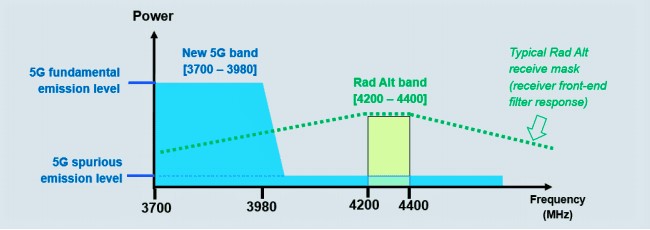
Picture : Spectrum illustration showing 5G fundamental and spurious emissions , By RTCA.
The FAA (Federal Aviation Administration) says, it is concerned about potential interference with altimeters and is working closely with interagency partners at the National Telecommunications and Information Administration and the FCC on this important issue.
The Pentagon believes, focus should be on preventing interference to aviation instruments rather than trying to stop the FCC from auctioning C-band spectrum used for 5G communication.
However, a July white paper from industry group 5G Americas suggests, studies submitted by the aviation industry have “significant shortcomings” and are overly conservative when it comes to real-world conditions.
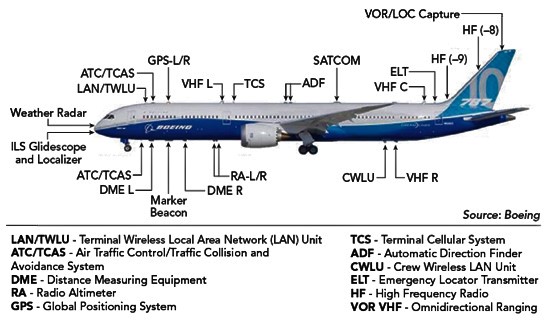
The Statement - “ The FCC is paving the way for Americans to receive fast 5G wireless services.”
Federal Communications Commission auctioned the C-band spectrum between 3.7-3.98 GHz , and it was a matter of billions of dollars, Verizon spent over $45 billion and AT&T spent around $23 billion, as they see mid-band frequencies are key for 5G coverage and capacity.
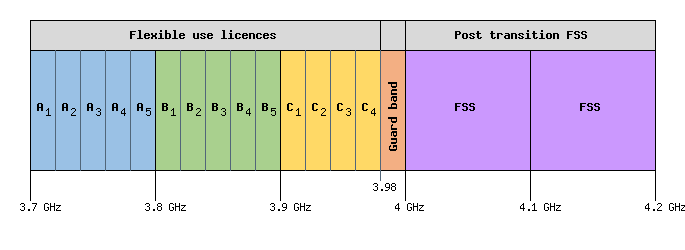
According to Fierce wireless , this month 19 groups and companies representing the aerospace and aviation industry met with FCC officials urging the agency to grant a pending petition to reconsider part of the 2020 C-band order and put carrier-initiated steps in place by December 5, 2021, “to ensure aviation and public safety by protecting radio altimeters from harmful interference from 3.7 GHz licensed operations.”
In the February 2020 , in the Report and Order that approved the use of the C-band for 5G services , the FCC was very much convinced that , Aviation industry needs to do more,
“well-designed [radio altimeter] equipment should not ordinarily receive any significant interference (let alone harmful interference) given these circumstances.”
5G Device harmful interference could lead to an escalation of incidents and accidents that may include 'missed approaches', 'delays', 'diversions', and 'flight cancellations', to runway closures, and worst case scenario can be a Crash.
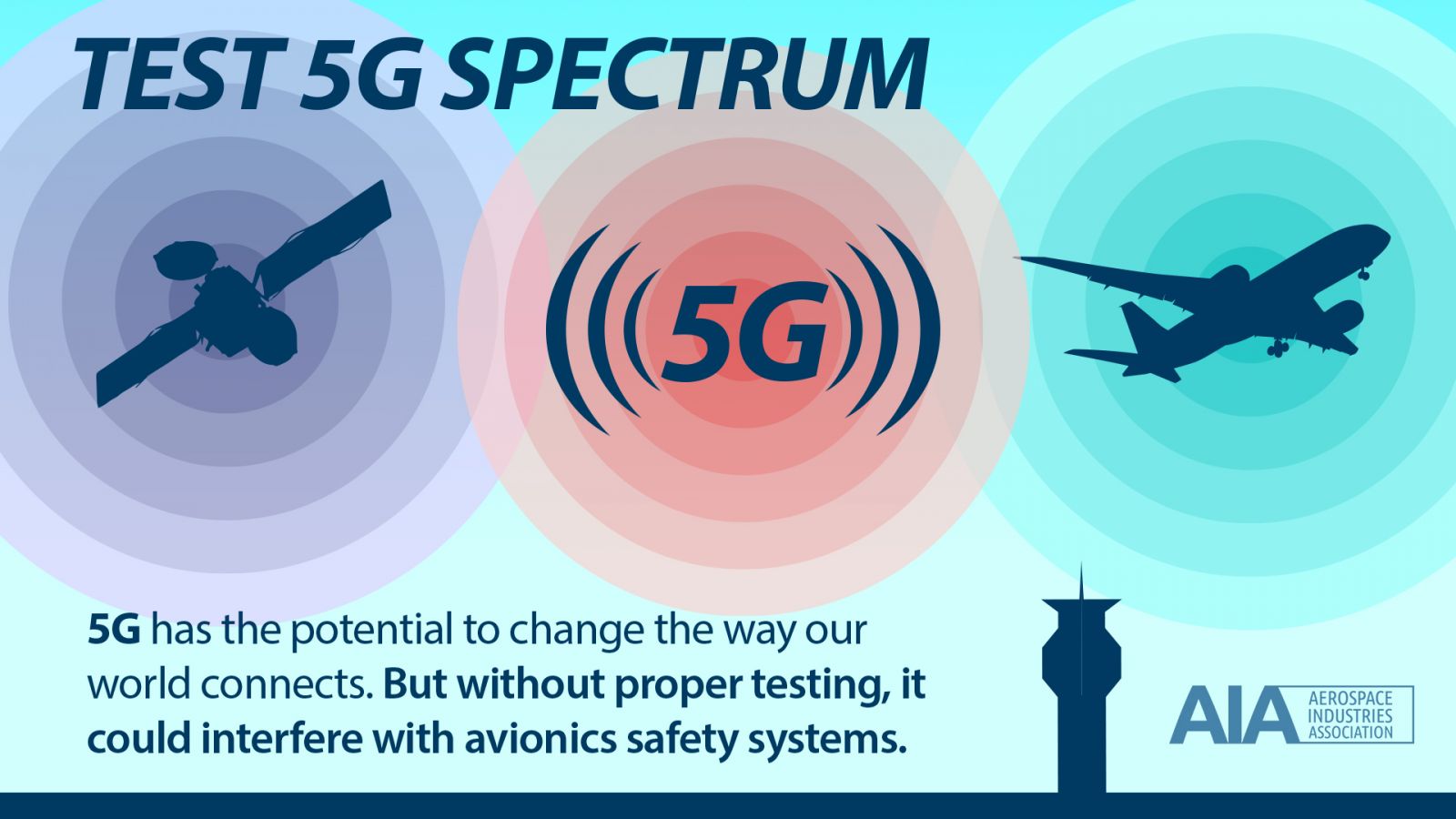
Picture - Aerospace Industries Association.
Concerns over interference to aviation systems, specifically to radio altimeters operating in the nearby 4.2.-4.4 GHz band , had been raised by industry groups before the auction, as well as by Chair of the House Committee on Transportation and Infrastructure Rep. Peter DeFazio, D-Oregon, earlier this year.
On the other hand , Alan Burke , the Pentagon’s chair for the interagency Aviation Cyber Initiative Task Force believes,
“The approach should be not on trying to slow down 5G metro deployment, but speeding up development and testing of mitigations that can serve as an interim gap until avionics manufacturers can harden their systems,”
“The longer-term challenge is going to be making — not just radar altimeters — but avionics systems that are resilient to out-of-band interference, understanding what that interference is and what mitigations are required.”
Earlier in August 2017, t he FCC had released a Notice of Inquiry (NOI) well before the February 2020 C - band order, the latter which 5G Americas says explicitly took into account comments from the aviation community (including leaving a 220-megahertz guard band) which had been active in the proceeding.
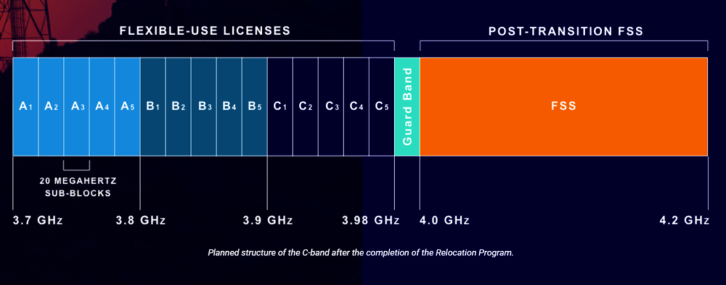
Ahead of the December 2020 C-band auction, the Radio Technical Commission for Aeronautics (RTCA) provided an October analysis, which the aviation industry cited in recent filings and 5G Americas’ white paper refutes.
Pointing to the RTCA study, the airline groups this August reiterated their stance to the FCC that the 220-megahertz guard band wasn’t enough to protect radio altimeters, which are used on several types of civil aircraft worldwide. They fear interference given the high power levels that are allowed for 5G operations in the C-band.
Based on the report, “safe interference limits are exceeded by 5G fundamental emissions at up to 500 ft altitude” for commercial transport airplanes like large jet airlines, “and across the entire operational altitude range” of up to 2,500 feet for helicopters, general and business aviation, and regional transport airplanes.
5G Americas’ is not convinced with the technical issues in the RTCA study, such as restrictive inputs and conditions, and concluded that
“when evaluating real-world conditions, conclusions of the study would be different…” It also points to 5G deployments in Japan, South Korea and Europe.
“Several countries have been deploying 5G in spectrum near the radio altimeter band with no reports of interference. In the United States, the federal government has operated radar and communications systems in spectrum near the radio altimeter band for decades,” 5G Americas’ report states.
.png)
Aviation industry believes , Spurious emissions will affect the Radio Altimeters , but Wireless industry says, the altimeters are separated by hundreds of megahertz from the flexible use of C-band deployment so it is presumed that most of the burden should fall on the aviation community to filter their devices appropriately.
The August presentation by aviation industry highlighted carriers deploying the first tranche of C-band to implement short-term solutions , welcome sight is , both the FCC and FAA nod to that.
Steps like lowering base stations and user equipments, maximum spurious emissions can be limited across the 4.2-4.4 GHz band to protect fixed-wing aircafts (non-commercial air transport) and helicopters, and defining protection areas with no base stations in line with runways for commercial airplanes, where radio altimeter can receive interference.
Aerospace entities explained why efforts on the part of airlines and aerospace companies alone won’t be able to close what they call “a mitigation gap” – meaning between the time carriers start deploying C-band in the first 46 partial economic areas in December and until longer-term measures can be put in place by the aviation community.
Adding 'band pass filters' to certified aircraft before 3.7 GHz deployments start in major markets “is a practical impossibility,” the group said, “and fails to offer a comprehensive solution to mitigate the risks of interference to radio altimeters.”
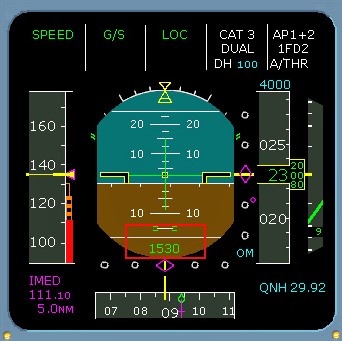
Radio Altimeter indicatoion in A320 cockpit.
Retrofitting with out-of-band filter installations also " will do nothing to address the risk of interference from potential flexible use spurious emissions" into the 4.2-4.4 GHz band, the groups said, which could potentially impact aircraft like business aviation, regional transport airplanes and helicopters.
The result could be altimeter failures, including one like the fault that doomed a Turkish Airlines that crashed and killed nine people near Amsterdam in 2009, according to the report. In that crash the altimeter erroneously concluded the B737-800 had reached ground level and the plane’s equipment automatically reduced engine thrust. Pilots didn’t notice and the jet plunged into a field.
Representatives including the Airborne Public Safety Association, Airbus, Boeing, Lockheed Martin and others, expressed that “the aviation and aerospace industry has determined in good faith that closing the mitigation gap is not possible without the flexible use licensees being required to take their part.
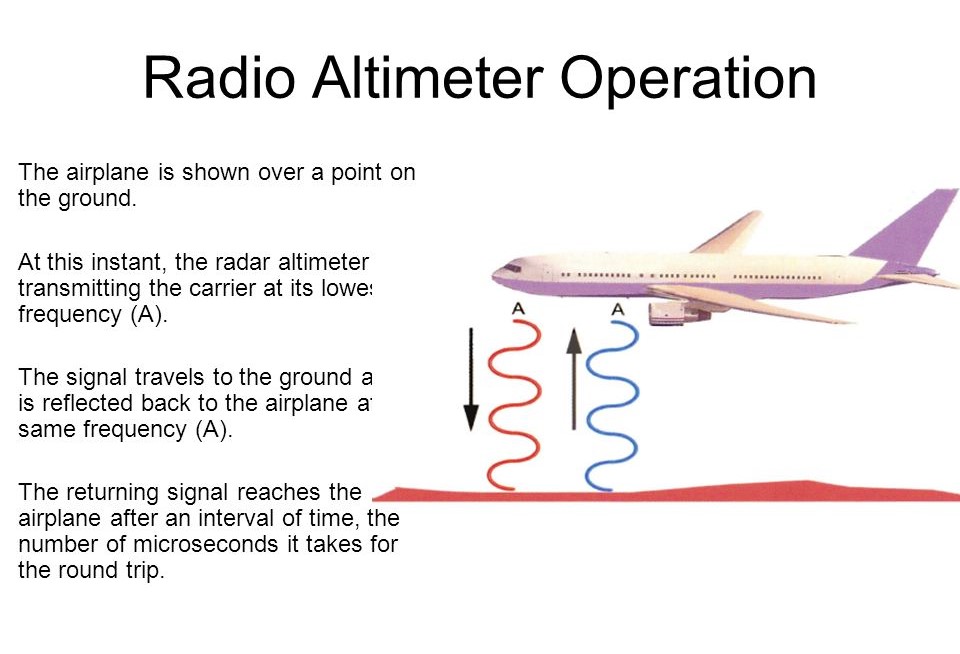
Consequently, without appropriate mitigation measures taken by 3.7 GHz flexible use licensees to reduce sufficiently the potential for harmful interference to radio altimeters, the result is likely to be substantial disruption to the use of the National Airspace System. This will adversely impact the flying public, the economy, and critical aviation services.”
French regulators see it differently though . The country’s aviation authority, DGAC, has told operators to slowdown the mobile 5G deployment while it reviews its impact on aerial navigation.
The delay has affected the start of 5G deployments around Nice airport and Paris-Charles de Gaulle, north of the capital. The DGAC consulted the RTCA report for its study, which continues.
Picture - Aerospace Industries Association.
